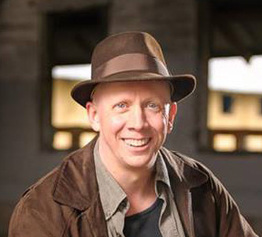
After nearly 20 years as a schoolteacher, and 35 as a teenager, he is beginning to have a hint of insight into that time known as young-adulthood. He has been in that hood a long time! Check out his website and he will be doing a release party at Village Books in Bellingham, WA on Friday March 14, 2014.
1. Where do your story ideas start?
Who knows? Well, many places: dreams, songs, off-handed comments heard over dinner at a restaurant written on cocktail napkins. It’s stereotypical, but it’s actually accurate. I have many odd story ideas written on envelopes, napkins, receipts and the sides of boxes that happened to be sitting next to me on a road trip.
2. What do you write first? (beginning, middle, end)
I often write the pre-beginning first. This is what happens before the story begins, also known as the preceding action. This is, of course, usually cut, only to be talked about in some hopeful future by high school and college English teachers.
3. Character development, do you do anything special?
Not consistently. The most important thing is to hear their voice. That usually tells me a lot about what they’re going to do and how. When they've got a voice they can tell me.
4. Where do you do your writing?
All over the place literally and figuratively. My novel was written in my classroom at Windward High School, Whatcom and Bellingham Libraries, Greene’s Corner across the street from my school, Wood’s coffee shops, New York Pizza, in my car, on a plane, in my bedroom and in Wilson Motor’s waiting room.
5. A story usually springs from an idea, a character or a scene.
Once that idea is planted - how do you make it grow? I actually need three things including the end. Sometimes those things are titles, a central character, a setting, or the plot. I don’t start stories any more that I don’t have an idea for an ending in mind.
6. Do you write in Chronological order or do you bounce around within the manuscript?
Yes. ;-)
 RSS Feed
RSS Feed